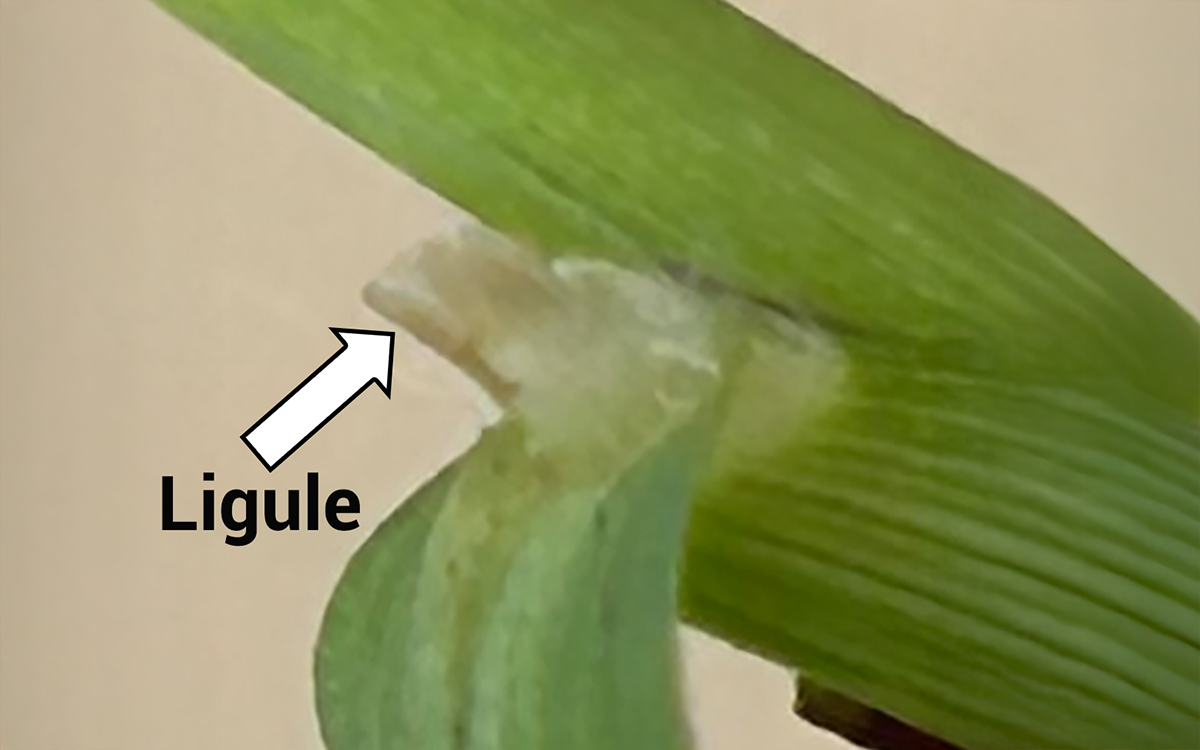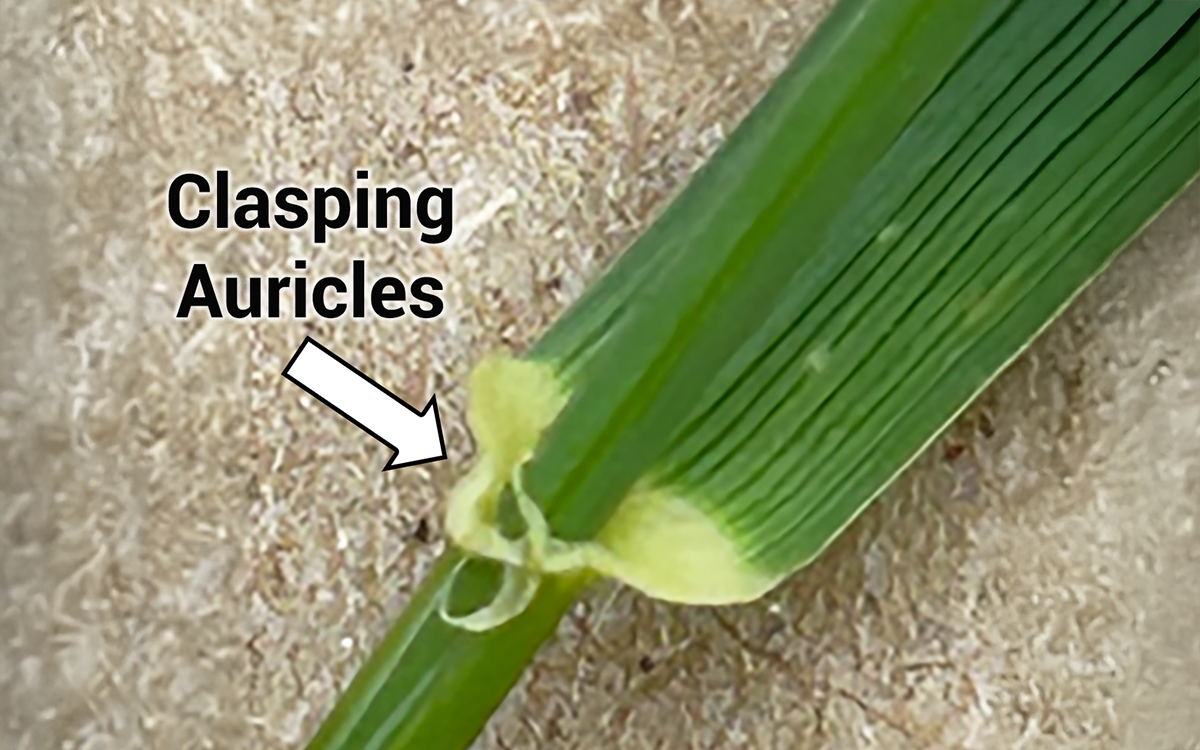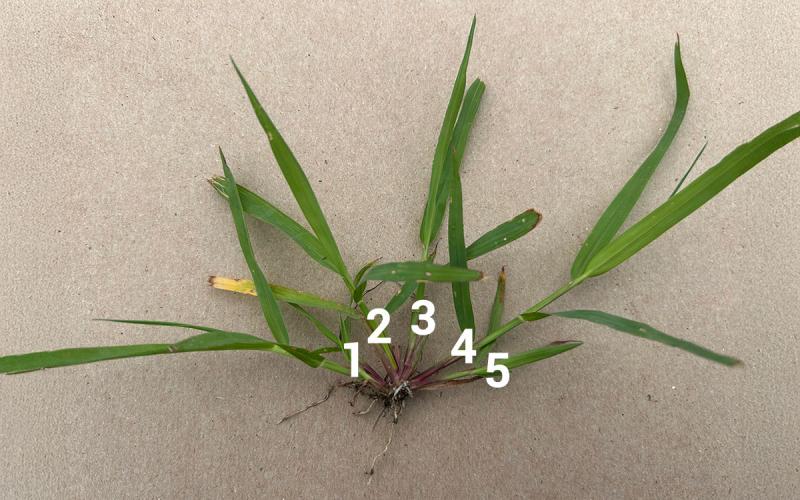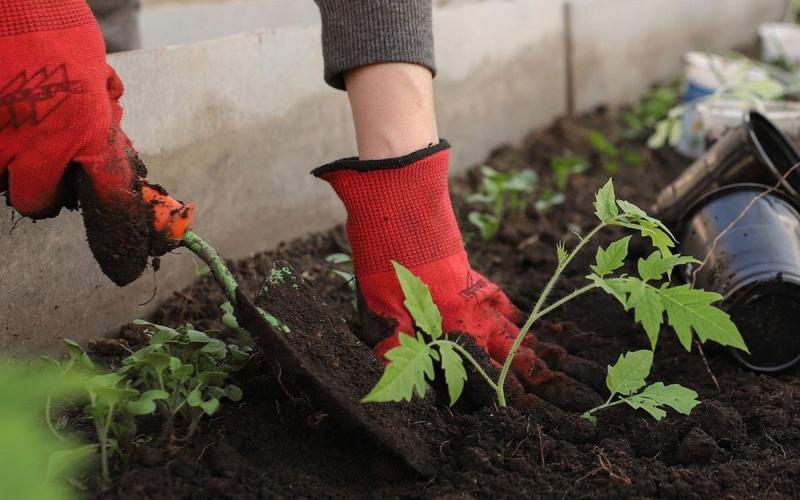As we enter August, crabgrass (both large and smooth) is often prevalent in many lawns. Ideally, this weed should be controlled earlier in the season with a preemergence application of pendimethalin and/or a post-emergence application when the weed is smaller in early summer. If these applications were missed or didn’t perform as expected, a post-emergence application with a herbicide containing the active ingredients of quinclorac (Drive® XLR8), topramezone (PylexTM), fenoxaprop (Acclaim® Extra), or mesotrione (Tenacity®) can help control this weed before it produces more seed.
Crabgrass Vs. Quackgrass
It’s important to not mistake crabgrass (Figure 1) for quackgrass (Figure 2). Similar to lawn, quackgrass is a perennial weed. The most-effective herbicide option contains the active ingredient, glyphosate, which will also kill your lawn. Killing the infested section of lawn and reseeding is usually the best option for quackgrass, although some have reported painting concentrated glyphosate onto leaves as an effective practice for smaller quantities. Crabgrass, on the other hand, is an annual weed, meaning that it only lives for one season.
Smooth Crabgrass

Quackgrass

Herbicide Options
Herbicides containing quinclorac to control crabgrass are commonly found on store shelves. Some products include Spectracide® Weed Stop® for Lawns Plus Crabgrass Killer, Ortho® WeedClearTM Lawn Weed Killer, Roundup® for Lawns, and BioAdvanced All in One Lawns Weed & Crabgrass Killer. These products typically contain a relatively low concentration of quinclorac, making them safer for lawns when using basic spray equipment, such as simple hand pumps or garden hose attachments. These devices are not capable of broadcast spraying, which is type of pesticide application where every square foot of land receives the same amount of spray mixture. For those equipped to make broadcast applications that are accurate with minimal overlap, products with a higher concentration of quinclorac, such as Q4® Plus or Drive® XLR8, may be more effective and economical, especially on an entire yard. These products are typically purchased online.
Application Considerations

When using quinclorac to control crabgrass or other annual grasses (foxtail, barnyardgrass, witchgrass, fall panicum, and others), apply when daytime temperatures are between 45 and 85˚F and when adequate soil moisture is present. Rain or irrigation within 24 hrs. following application could reduce control. For newly-seeded areas, do not apply until lawn is well-established, which is approximately 4-6 weeks after emergence or after the third mowing. This product works best when crabgrass has less than two tillers or more than four tillers (Figure 3). When applying to crabgrass with five or more tillers, a second application may be needed. Two applications can be made per year as long as they’re spaced at least 14 days apart. Do not mow for two days before or two days following application. Clippings from the first three mowings following application may contain herbicide and should not be used for mulch or compost in gardens, flowers, or around trees.


